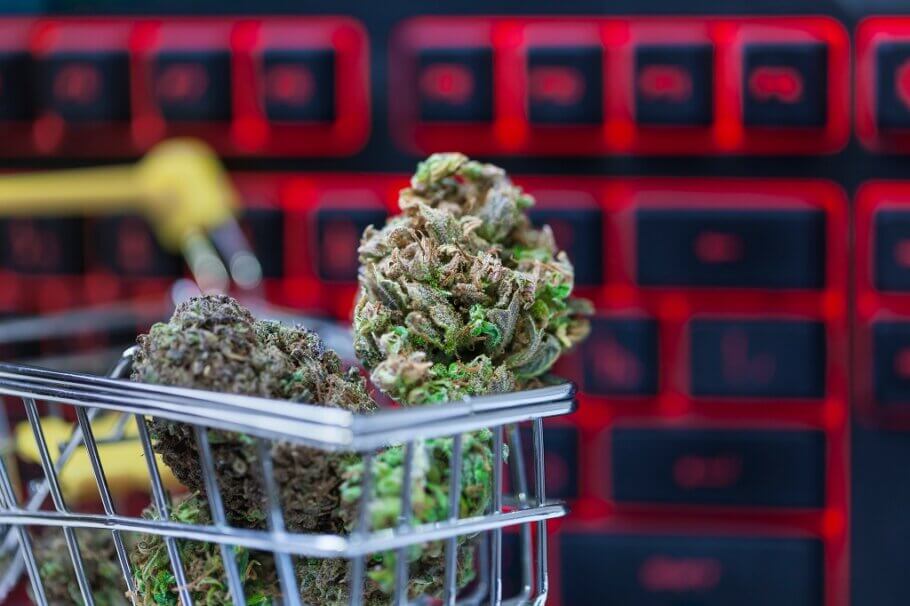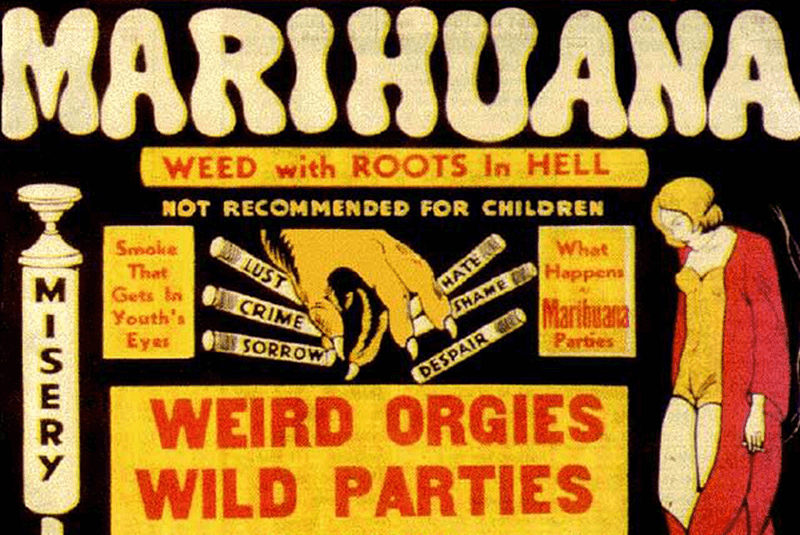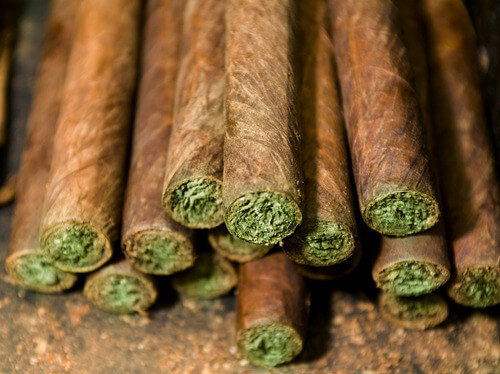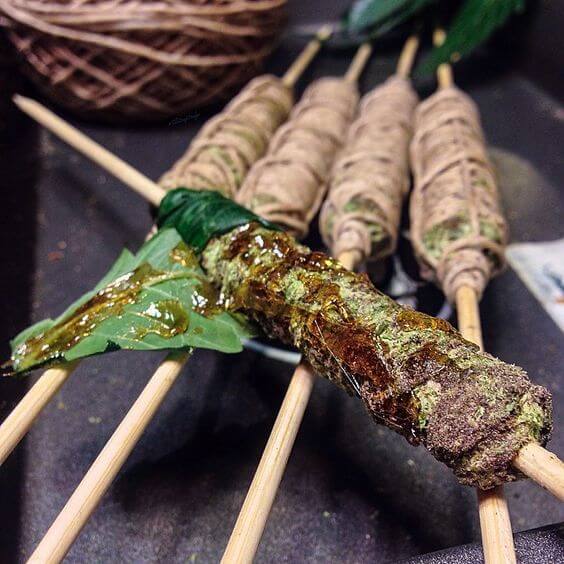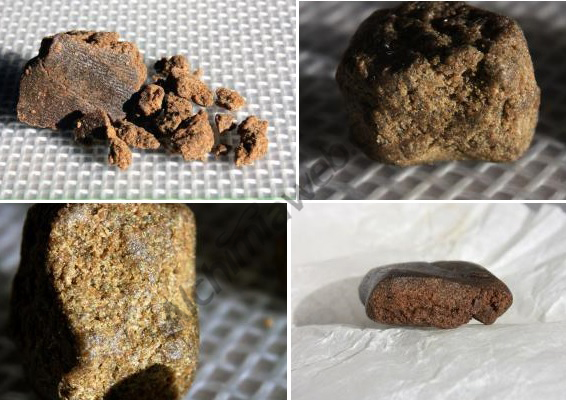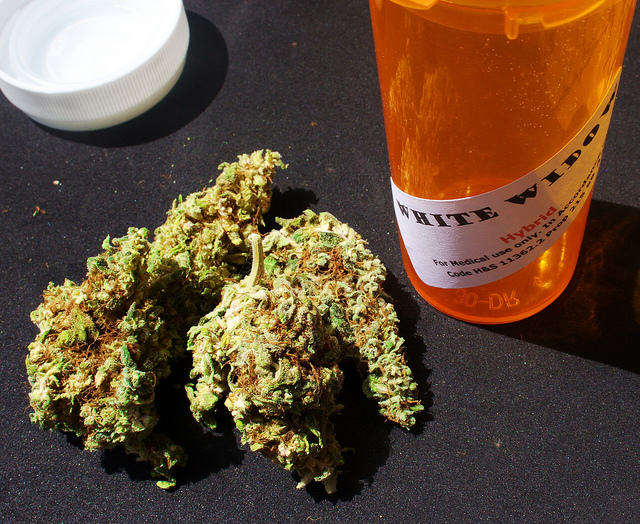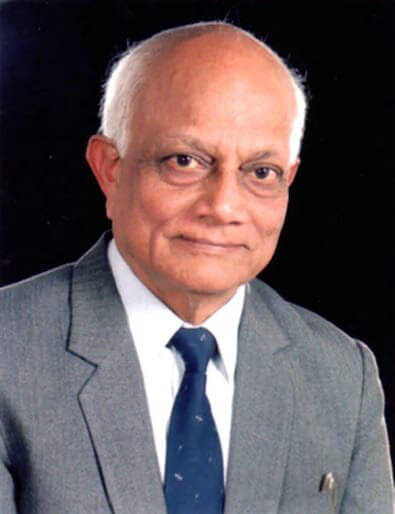
Throughout the 1990s, particularly in the later years of the decade, the first feminised seeds emerged on the cannabis seed market. For the first time, growers did not have to worry about removing males, or about filling in the gaps left in the crop once they were discarded, or about accidental pollination of their plants... a true revolution had begun within the sector, and feminised seeds became a hit!
What for a few years seemed like some kind of a rarity to many, soon became the most demanded type of seeds in the sector, meaning that at the start of the new millennium there were already many other seed banks that had joined the wave of feminisation and had begun to produce their varieties (also new and interesting hybrids) in a feminised version. Although each breeder had his own technique of reversing the sex of female plants to produce "feminised pollen", without a doubt one of the most used was, and still is, silver thiosulfate or STS. But where does this technique come from? Who was the first to put it into practice? Keep reading if you want to know the answer!













